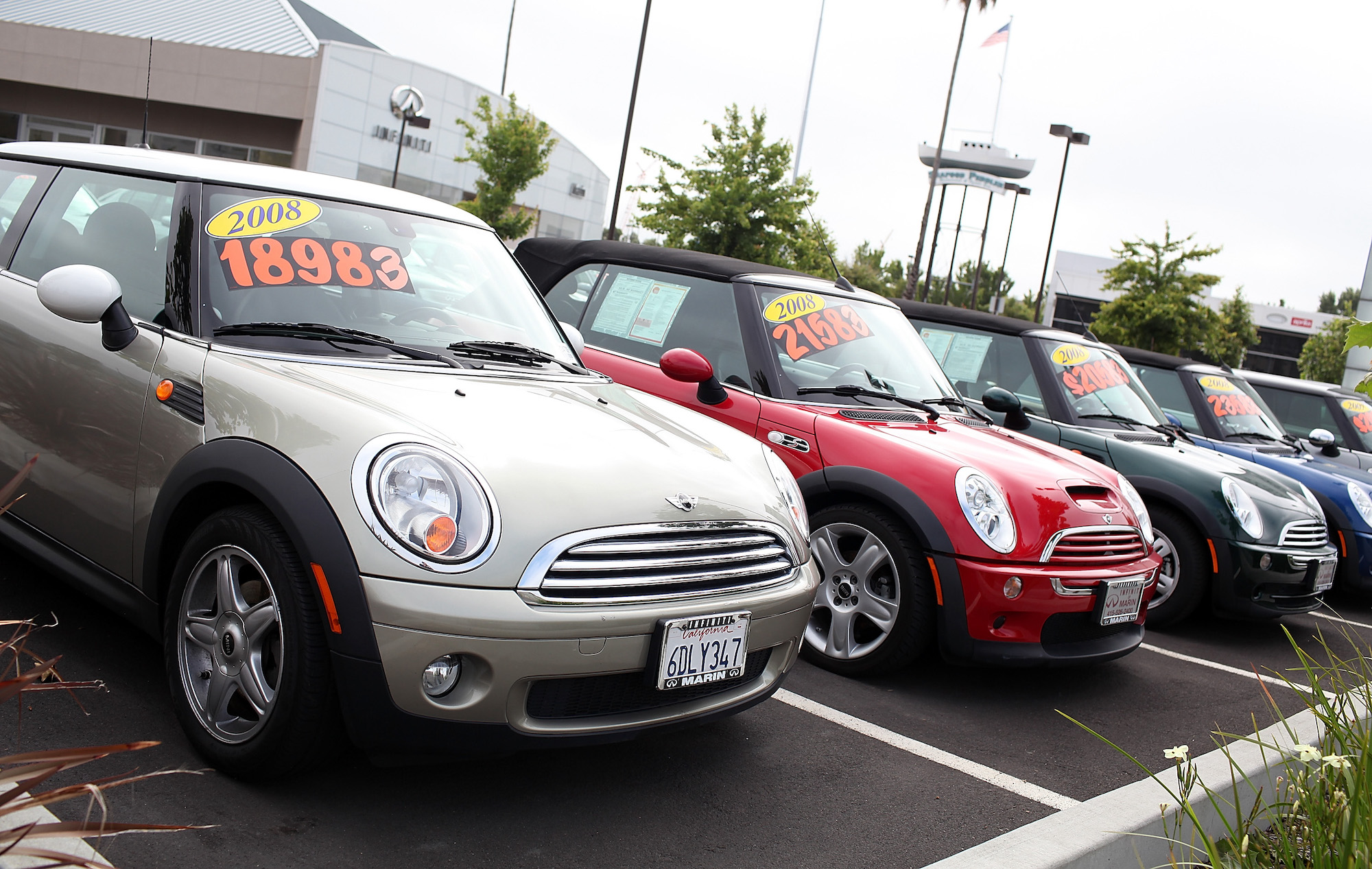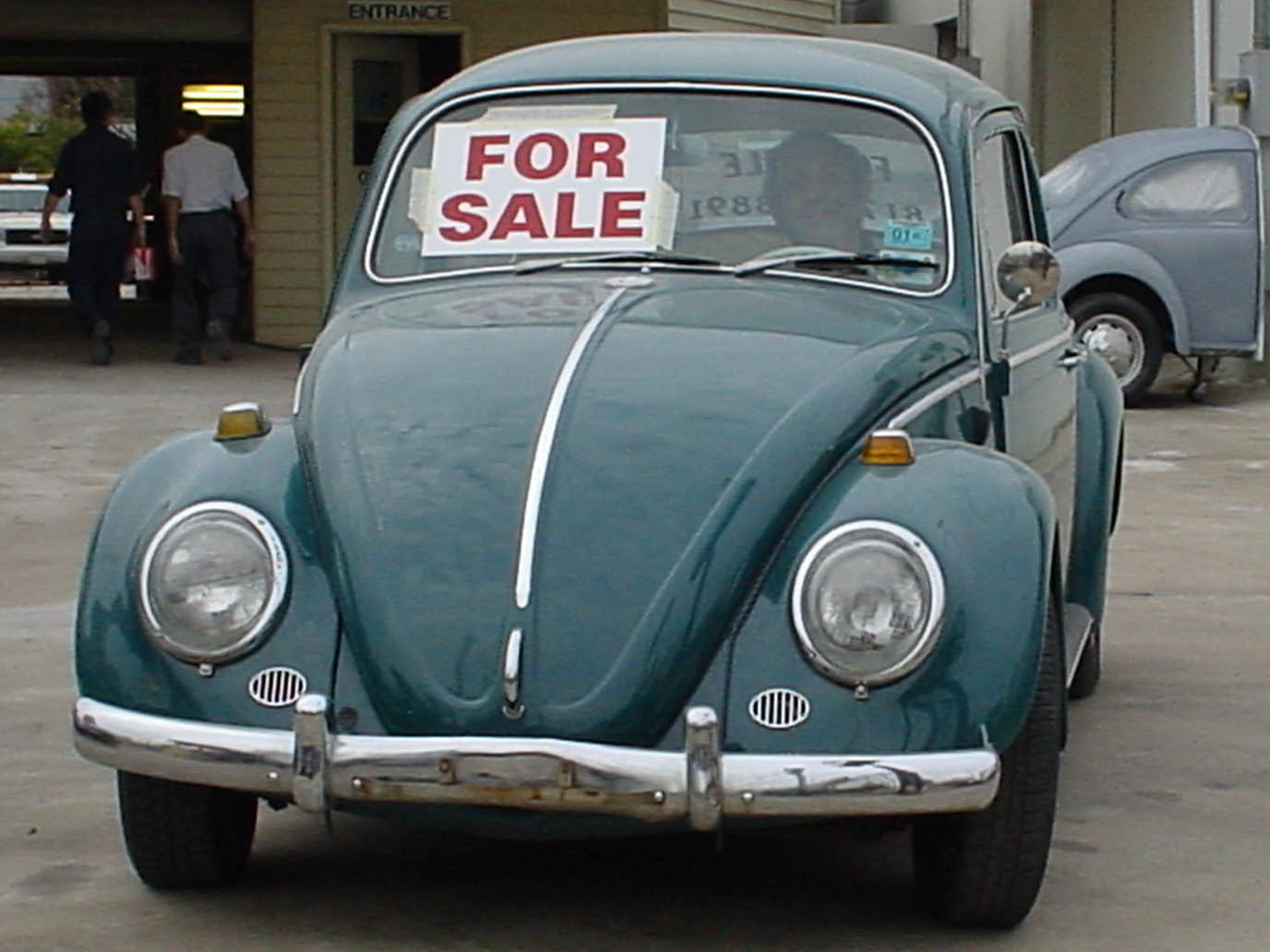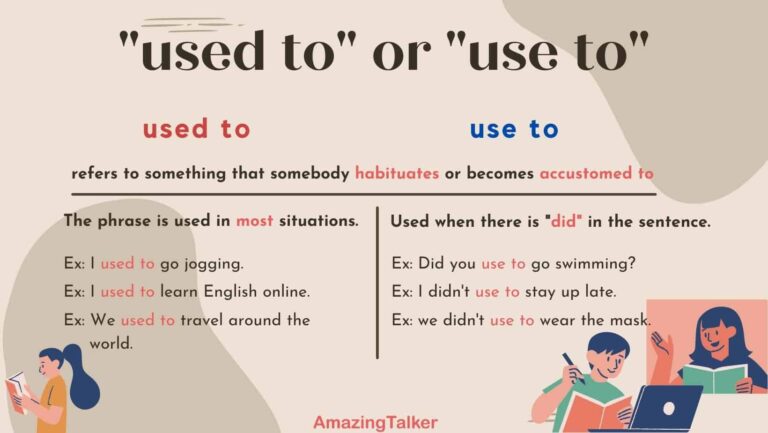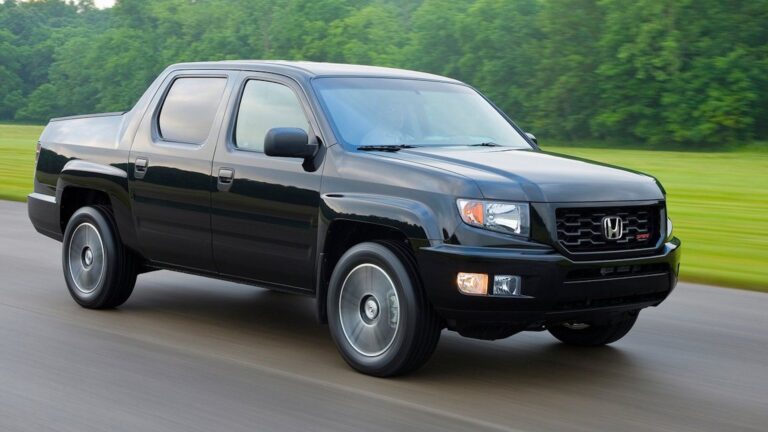The Unsung Workhorse: Finding Your Used Mazda Truck for Sale Near Me

The Unsung Workhorse: Finding Your Used Mazda Truck for Sale Near Me
In a world increasingly dominated by gargantuan full-size pickups, there’s a quiet charm and undeniable practicality to the compact truck. And among these nimble workhorses, the Mazda B-Series stands out as a testament to enduring reliability, surprising capability, and exceptional value. If you’re on the hunt for a dependable, budget-friendly pickup that won’t break the bank at the pump or the repair shop, a used Mazda truck for sale near you might just be the perfect fit.
This comprehensive guide will delve into why these trucks remain a smart buy, what to look for when searching for one in your local area, and how to ensure you drive away with a true bargain.
The Enduring Appeal of Used Mazda Trucks
Before diving into the specifics of finding one, it’s essential to understand why a used Mazda truck, particularly the B-Series, commands such respect in the pre-owned market.
1. Reliability and Durability: For the vast majority of its production run in North America (from the late 1980s through the early 2000s), the Mazda B-Series truck was, in essence, a rebadged Ford Ranger. This is a critical point. The Ford Ranger platform is legendary for its robustness, simple mechanics, and straightforward maintenance. This shared lineage means you’re getting Ford’s proven powertrain options and chassis integrity with Mazda’s styling and badge. These trucks were built to last, designed for utility over luxury, and often boast impressive longevity, frequently exceeding 200,000 or even 300,000 miles with proper care.
2. Affordability: Compared to full-size trucks or even newer compact pickups, used Mazda B-Series trucks are incredibly affordable. Their initial depreciation has long since occurred, meaning you can often find well-maintained examples for a fraction of the cost of a new vehicle. This makes them ideal for first-time truck owners, those needing a dedicated work vehicle, or anyone on a tight budget.
3. Practical Size and Maneuverability: Not everyone needs to tow a fifth-wheel trailer or haul a ton of gravel every day. The compact dimensions of a Mazda B-Series make it incredibly agile in city traffic, easy to park, and perfect for navigating tight job sites or crowded driveways. Yet, they still offer a respectable payload capacity and can handle light to medium towing tasks with ease.
4. Fuel Efficiency (for a Truck): While they won’t compete with a subcompact car, the smaller four-cylinder and V6 engine options in the B-Series generally offer better fuel economy than their full-size counterparts. This translates to lower running costs, a significant advantage for daily drivers or small businesses.
5. Simple Mechanics and Parts Availability: Thanks to the Ford Ranger connection, parts for most B-Series models are widely available and often inexpensive. Their mechanical simplicity also means that many routine maintenance tasks can be performed by a competent DIYer, and even professional repairs tend to be more straightforward and less costly than on more complex modern vehicles.
Understanding the Mazda B-Series Generations
To effectively search for a used Mazda truck, it helps to know what you’re looking for. The B-Series saw several iterations, but the most common and widely available in the used market will be:
-
Early 1980s to Early 1990s (e.g., B2000, B2200, B2600): These are purely Mazda-designed trucks, known for their distinct styling and robust, if somewhat underpowered, engines. The B2600i, with its fuel-injected 2.6L engine, was a notable step up. These are older, so finding one in excellent condition will be challenging, but they are incredibly simple and often prized by enthusiasts. Look for rust, especially in the bed and cab corners.
-
Mid-1990s to Early 2000s (e.g., B2300, B2500, B3000, B4000): This is the sweet spot for the Ford Ranger rebadge.
- B2300 (2.3L I4): Ford’s durable "Lima" engine, later replaced by the DOHC "Duratec" in the 2000s. Good on gas, adequate for light duty.
- B2500 (2.5L I4): An evolution of the 2.3L, offering a bit more torque.
- B3000 (3.0L V6): Ford’s "Vulcan" V6. A very common and reliable engine, offering a good balance of power and efficiency. Known for longevity.
- B4000 (4.0L V6): Ford’s Cologne V6. The most powerful option, ideal for towing or heavier loads. Early SOHC versions had some timing chain guide issues; the OHV version (pre-2001) is generally considered more robust.
-
Mid-2000s to 2010 (e.g., B2300, B3000, B4000): These are essentially the later models of the Ford Ranger, sharing everything from engines to interiors. They received minor cosmetic updates but retained the same reliable mechanicals. Production of the B-Series for North America ceased around 2010.
While the Mazda BT-50 exists as a global compact truck, it was not sold in the North American market where the B-Series dominated. If you encounter a BT-50, it’s likely an import or not what you’re looking for when searching for the traditional "Mazda truck" in the US or Canada.
The "Near Me" Search Strategy: Where to Look
Finding a used Mazda truck for sale near you requires a multi-pronged approach. Proximity is key for test drives, inspections, and avoiding costly transportation fees.
1. Online Marketplaces (Your First Stop):
- Craigslist and Facebook Marketplace: These are goldmines for private sellers.
- Tips: Use specific keywords like "Mazda B-Series," "Mazda pickup," "Ford Ranger," "compact truck." Set your search radius. Filter by price, mileage, and year. Be prepared for a mix of conditions and be wary of scams (never pay upfront without seeing the vehicle). Photos are crucial; look for multiple angles, interior shots, and under-hood views.
- Autotrader.com, Cars.com, CarGurus.com: These aggregate listings from both private sellers and dealerships.
- Tips: More refined search filters. Often include VIN checks (CarFax/AutoCheck) directly in the listing. You can easily compare prices across different sellers.
- eBay Motors: Good for nationwide searches, but you can filter by distance. Often includes more detailed descriptions and a bidding format.
- Local Dealership Websites: Many smaller independent used car lots specialize in older, affordable vehicles. Check their inventory directly. Mazda dealerships will rarely have older B-Series trucks on their lot, but it’s worth a quick check on their used inventory page.
2. Local Dealerships (Used Car Lots):
- Pros: Vehicles are often reconditioned to some extent, may come with a limited warranty (though unlikely on very old trucks), and financing options are available. You have recourse if something goes wrong immediately.
- Cons: Higher prices due to overhead and reconditioning costs. Selection might be limited, and they might try to upsell you.
- Strategy: Visit smaller, independent used car lots. They often have a wider variety of older, budget-friendly pickups. Be prepared to negotiate.
3. Private Sellers:
- Pros: Generally the best prices, as there’s no dealer markup. You can often get a more honest history of the vehicle directly from the owner.
- Cons: "As-is" sales, meaning no warranty. You’re responsible for all paperwork and ensuring the title is clear. Condition can vary wildly.
- Strategy: Be patient. Ask lots of questions before you even go see the truck. "Why are you selling it?" "What maintenance has been done?" "Are there any known issues?"
4. Local Auctions:
- Pros: Potential for extremely low prices.
- Cons: High risk. You typically cannot test drive, and often can only do a very quick visual inspection. Vehicles are sold "as-is," and often have significant issues. Not recommended for first-time buyers unless accompanied by an experienced mechanic.
5. Word of Mouth / Local Classifieds:
- Don’t underestimate the power of community. Tell friends, family, and co-workers you’re looking for a used Mazda truck. Check local newspaper classifieds (if they still exist) or community bulletin boards. Sometimes the best deals are found through personal connections.
Evaluating a Used Mazda Truck: Your Pre-Purchase Checklist
Once you’ve found a promising candidate near you, a thorough inspection is paramount. Don’t rush this process.
1. Exterior Inspection:
- Rust: This is the biggest enemy of older trucks. Check fender wells, rocker panels, cab corners, bed floor, tailgate, and frame. Surface rust is manageable; extensive rust through the frame or body panels is a deal-breaker.
- Body Panels: Look for mismatched paint, wavy panels, or large gaps, which can indicate previous accident damage.
- Tires: Check tread depth and evenness. Uneven wear can point to alignment issues, worn suspension components, or a bent frame.
- Lights & Glass: Ensure all lights work. Check for cracks in the windshield or other glass.
2. Interior Inspection:
- Seats and Upholstery: Look for rips, tears, and excessive wear.
- Dashboard and Controls: Test all switches (windows, locks, HVAC, radio, wipers). Ensure no warning lights are illuminated (check engine, ABS, airbag).
- Smell: A musty smell could indicate water leaks; a strong chemical smell might suggest a cover-up.
- Mileage: Verify the odometer reading matches the listing and doesn’t appear tampered with.
3. Under the Hood (Engine Bay):
- Fluid Leaks: Look for oil, coolant, or transmission fluid leaks on the engine, transmission, and ground underneath.
- Belts and Hoses: Check for cracks, fraying, or bulging.
- Battery: Look for corrosion on the terminals.
- Fluid Levels and Condition: Check engine oil (should be golden or dark brown, not milky), transmission fluid (red, not brown or burnt-smelling), power steering fluid, and brake fluid.
- Engine Noise: Start the truck cold if possible. Listen for knocking, ticking, or excessive whining.
4. The Test Drive:
- Cold Start: Does it start easily?
- Engine Performance: Does it accelerate smoothly? Is there any hesitation or lack of power?
- Transmission:
- Manual: Does the clutch engage smoothly? Are shifts easy and precise?
- Automatic: Does it shift smoothly through all gears without jerking, slipping, or delayed engagement?
- Brakes: Does it stop straight and smoothly? Any grinding, squealing, or pulsation?
- Steering: Is it responsive? Does the truck pull to one side? Any excessive play in the steering wheel?
- Suspension: Drive over bumps and uneven surfaces. Listen for clunks, rattles, or squeaks. Does it feel overly bouncy or too stiff?
- 4WD (if applicable): Test both 4-High and 4-Low to ensure they engage and disengage properly.
- Heating and AC: Make sure both work effectively.
5. Documentation and History:
- Maintenance Records: Ask for any service records the owner has. This is invaluable for understanding the truck’s history.
- VIN Check: Get the Vehicle Identification Number (VIN) and run a CarFax or AutoCheck report. This will reveal accident history, previous owners, mileage discrepancies, and service records reported to databases. This is a non-negotiable step.
- Ensure the title is clear (not salvaged, rebuilt, or flood-damaged) and matches the seller’s ID.
6. Pre-Purchase Inspection (PPI) by a Mechanic:
- Strongly Recommended: Even if you’re mechanically inclined, have a trusted independent mechanic perform a PPI. They can spot issues you might miss, especially with suspension, drivetrain, and frame integrity. This small investment can save you thousands down the road. Choose a mechanic who specializes in Ford or Mazda vehicles if possible.
Understanding Pricing and Negotiation
Pricing for a used Mazda truck will vary wildly based on condition, mileage, year, trim level (e.g., Extended Cab vs. Regular Cab, 4×4 vs. 4×2), and your local market.
- Research Market Value: Use sites like Kelley Blue Book (KBB.com) and NADAguides.com to get an estimated private party and dealer retail value. Adjust for local conditions.
- Be Realistic: A pristine, low-mileage example will command a higher price. Be prepared for some wear and tear on an older truck.
- Negotiation:
- Know your budget: Stick to it.
- Point out flaws: Use any issues you found during inspection as leverage for a lower price.
- Be patient: Don’t fall in love with the first truck you see.
- Be polite but firm: Negotiation is a conversation, not a confrontation.
- Walk away if necessary: There will always be another truck.
Owning Your Used Mazda Truck
Once you’ve secured your used Mazda truck, keep it running smoothly with these tips:
- Follow the Maintenance Schedule: Even if it’s an older vehicle, adhere to the recommended oil changes, fluid flushes, and filter replacements.
- Address Issues Promptly: Don’t let small problems become big, expensive ones.
- Join Online Forums/Communities: Websites and Facebook groups dedicated to Ford Ranger or Mazda B-Series trucks are fantastic resources for troubleshooting, DIY advice, and finding parts.
- Insurance: Get quotes from multiple providers; older vehicles can sometimes be cheaper to insure, but always verify.
Conclusion
A used Mazda truck, particularly the B-Series, offers a compelling package of reliability, utility, and affordability that is hard to beat in the used vehicle market. While finding the perfect one near you requires diligence, patience, and a thorough inspection process, the rewards are significant. You’ll gain a capable, compact workhorse that’s ready for years of dependable service, proving that sometimes, the best value isn’t found in the newest or biggest, but in the unsung heroes of the road. Happy hunting!



